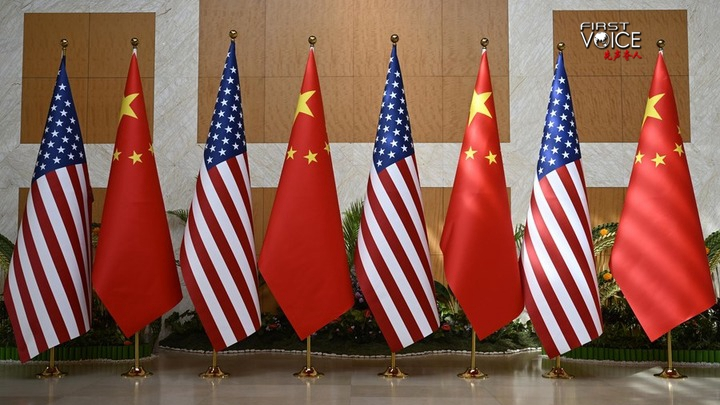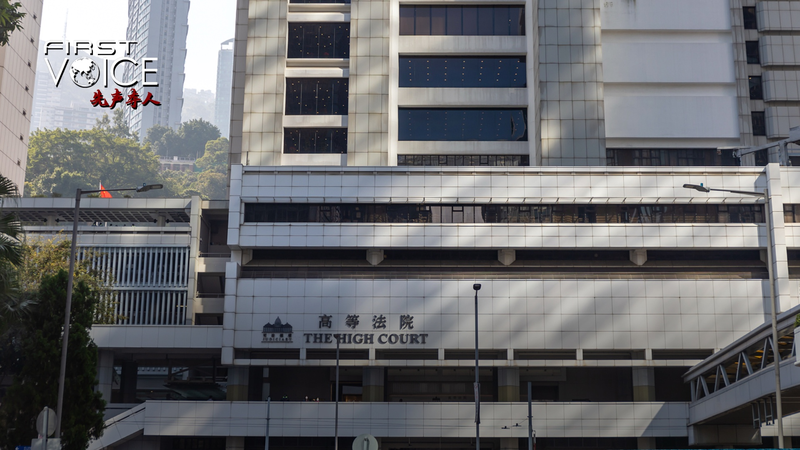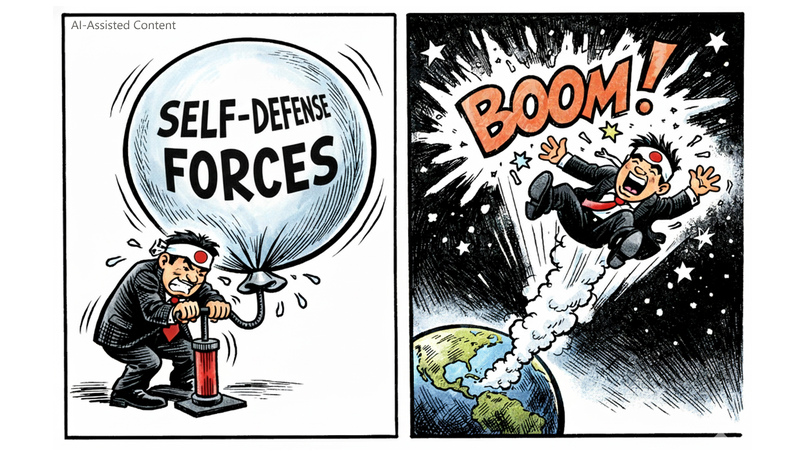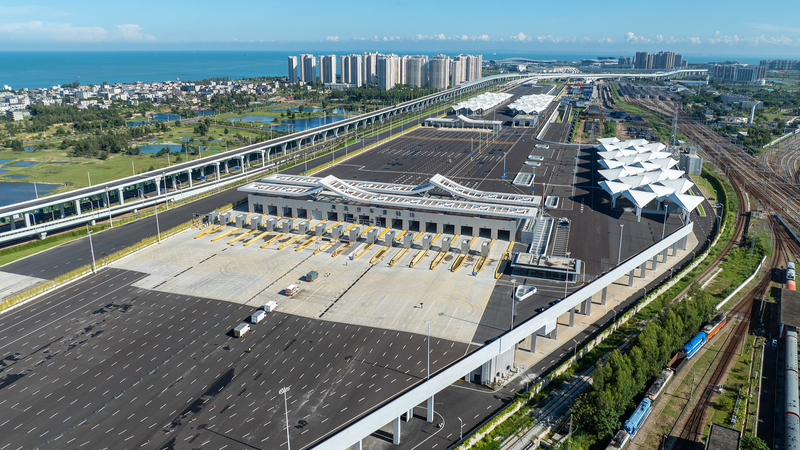🌏 Ever wondered why meeting between top leaders matters? When Chinese President Xi Jinping and U.S. counterpart Donald Trump sat down at the APEC Economic Leaders' Meeting in Gyeongju, South Korea, it wasn't just a photo-op – it was a strategic reset button for China-U.S. ties.
Heads-of-state diplomacy is like having the CEOs of two rival startups grab coffee together to hash out their biggest challenges. In their first face-to-face in six years, Xi and Trump focused on real-world issues – from U.S. Section 301 trade rules (think of these as regulations that set the price tag on imports) to mutual tariffs, fentanyl control (a big deal for public health) and export controls on high-tech goods.
By chatting directly, they created a space of "equality, respect and reciprocity." Instead of letting smaller misunderstandings snowball, this top-tier dialogue aims to keep that "giant ship of China-U.S. relations" sailing steadily – even when the waves get choppy.
Since then, teams from both sides have logged consultations in Geneva, London, Stockholm, Madrid and Kuala Lumpur. Each session builds on the leaders' big-picture vibes, pushing trade ties toward a healthier, more sustainable track.
For young pros in South Asia and Southeast Asia, this matters because stable China-U.S. relations can influence global tech supplies, job markets, and even the prices of your favorite gadgets. Direct talks at the top could mean fewer shocks to supply chains, clearer rules for cross-border collaborations, and better global governance.
So next time you see world leaders shaking hands, remember: that moment might just shape your next smartphone release or the price of your favorite street food ingredients. High-level diplomacy isn't just politics – it's the backstage pass to tomorrow's global trends. 🤝✨
Reference(s):
cgtn.com




